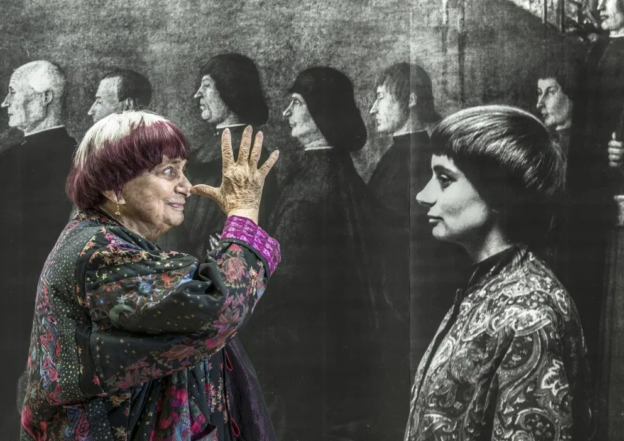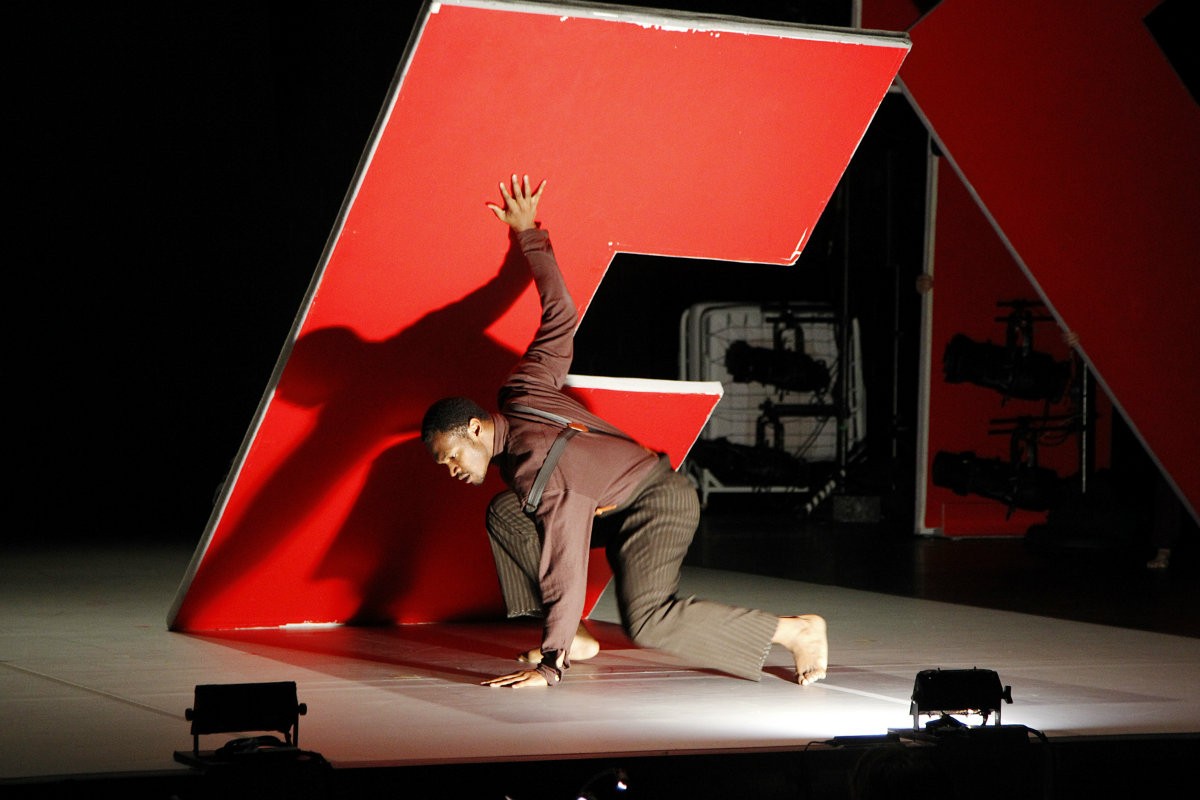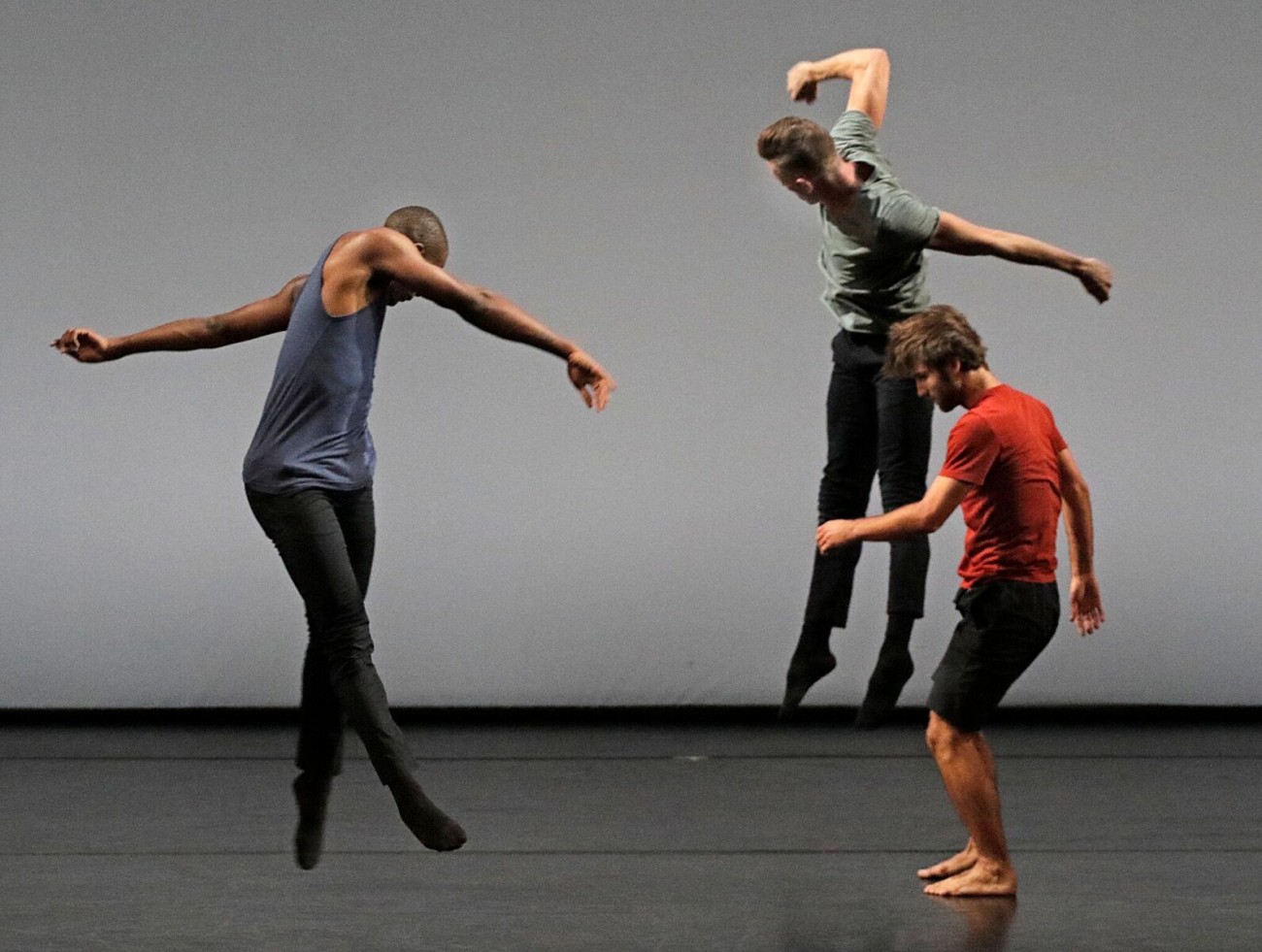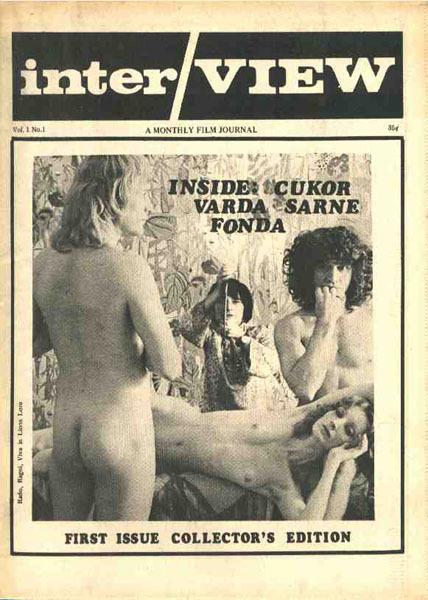

A founder of the French New Wave who became an international art-house icon, Agnès Varda was a fiercely independent, restlessly curious visionary whose work was at once personal and passionately committed to the world around her. In an abundant career in which she never stopped expanding the notion of what a movie can be, Varda forged a unique cinematic vocabulary that frequently blurs the boundaries between narrative and documentary, and entwines loving portraits of her friends, her family, and her own inner world with a social consciousness that was closely attuned to the 1960s counterculture, the women’s liberation movement, the plight of the poor and socially marginalized, and the ecology of our planet. This comprehensive collection places Varda’s filmography in the context of her parallel work as a photographer and multimedia artist—all of it a testament to the radical vision, boundless imagination, and radiant spirit of a true original for whom every act of creation was a vital expression of her very being. — The Criterion Collection


The new box set THE COMPLETE FILMS OF AGNÈS VARDA features digital restorations of thirty-nine films as well as the television productions Agnès de ci de là Varda, Nausicaa (1970), Quelques veuves de Noirmoutier, and Varda’s segments from Une minute pour une image.
Also included: rare archival footage, tributes and interviews, segments from unfinished works, and a 200-page book with contributions by Amy Taubin, Michael Koresky, Ginette Vincendeau, So Mayer, Alexandra Hidalgo, and Rebecca Bengal, as well as a selection of Varda’s photography and images of her installation art.


The feature films are divided into fifteen programs:
Agnès Forever — Varda by Agnès (2019), Les 3 boutons (2015).
Early Varda — La Pointe Courte (1955), Ô saisons, ô châteaux (1958), Du côté de la côte (1958).
Around Paris — Cléo de 5 à 7 (1962), Les fiancés du pont Macdonald (1962), L’opéra-mouffe (1958), Les dites cariatides (1984), T’as de beaux escaliers, tu sais (1986).
Rue Daguerre — Daguerréotypes (1975), Le lion volatil (2003).
Married Life — Le bonheur (1965), Les créatures (1966), Elsa la Rose (1966).
In California — Uncle Yanco (1968), Black Panthers (1970), Lions Love (. . . and Lies) (1969), Mur Murs (1981), Documenteur (1981).
Her Body, Herself — One Sings, the Other Doesn’t (1977), Réponse de femmes (1975), Plaisir d’amour en Iran (1977).
No Shelter — Vagabond (1985), 7 p., cuis., s. de b. . . . (à saisir) (1985).
Jane B. — Jane B. par Agnès V. (1988), Kung-Fu Master! (1988).
Jacques Demy — Jacquot de Nantes (1991), The Young Girls Turn 25 (1993), The World of Jacques Demy (1995).
Simon Cinéma — One Hundred and One Nights (1995).
La glaneuse — The Gleaners and I (2000), The Gleaners and I: Two Years Later (2002).
Visual Artist — Visages Villages, codirected with JR (2017), Salut les cubains (1964), Ulysse (1982), Ydessa, les ours et etc. . . . (2004).
Here and There — Agnès de ci de là Varda (2011).
Beaches — The Beaches of Agnès (2008).
See link below for details.



THE COMPLETE FILMS OF AGNÈS VARDA
The Criterion Collection


Agnès Varda, from top: Varda in Visages, Villages; Du côté de la côte; Black Panthers; Nausicaa; Réponse de femmes poster; Salut les Cubains (2); Shirley Clarke, Gerome Ragni, and Viva in Lions Love (. . . and Lies); One Sings, the Other Doesn’t; The Complete Films of Agnès Varda, courtesy and © Criterion; Jane Birkin in Jane B. par Agnès V.; Daguerréotypes; Agnès de ci de là Varda. Images courtesy and © the estate of Agnès Varda and Ciné-Tamaris.

















